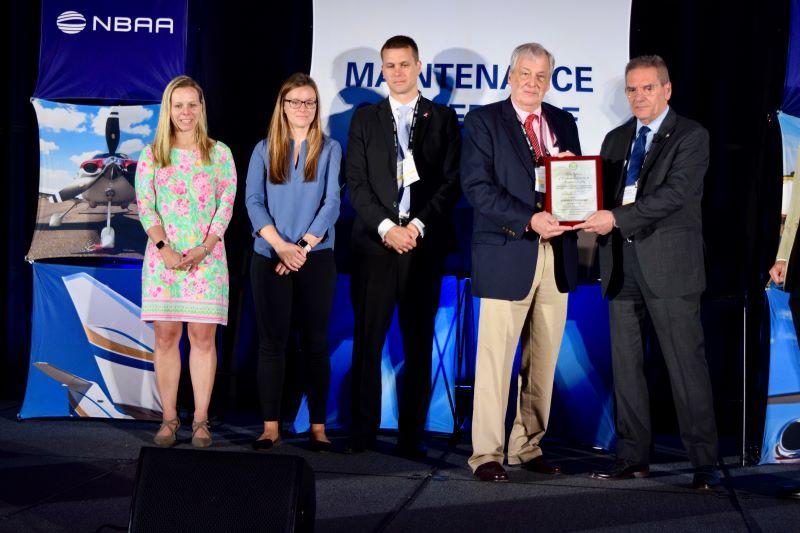
HARTFORD—The U.S. is on the verge of joining a European-led program that enables member states to conduct ramp inspections of aircraft flown by third-country operators, a senior FAA executive said May 4.
Speaking at the NBAA Maintenance Conference, Rolandos Lazaris, FAA acting deputy director for General Aviation Safety Assurance, said the agency has considered joining the European Union Ramp Inspection Program for the past several years and is close to doing so. He was responding to a question from the audience about whether the FAA is exploring membership in the Safety Assessment of Foreign Aircraft (SAFA) program, the original name of the EU program.
“We are more than looking to join the SAFA program,” Lazaris said. “What is holding us from becoming a full member of SAFA is we don’t want to join that ‘club,’ let’s put it that way, like anybody else. We want to be able to sit at the table and influence a lot of the decisions that are taking place.”
The European Civil Aviation Conference launched the SAFA initiative in 1996. Now called the EU Ramp Inspection Program and managed by the European Union Aviation Safety Agency (EASA), it has two components: SAFA ramp inspections by EASA member states of third-country operators and the Safety Assessment of Community Aircraft program for community operators, checked against EU standards. EASA lists 51 current members of the ramp-inspection collaboration.
In participating countries, operators of aircraft that are under the safety oversight of another member state or of a third country can be inspected at the airport based on suspected violations of applicable regulations or simply on a spot-check basis. Inspectors consult a checklist of 53 items that may include pilots’ licenses, procedures and manuals in the cockpit, compliance with procedures by the flight and cabin crew, safety equipment on board and any cargo carried on the aircraft.
Findings from the inspections are recorded in a centralized database and defined as Category 1 (minor), Category 2 (significant) and Category 3 (major), resulting in various corrective actions. “When considering the findings established during a ramp inspection, Category 2 and Category 3 findings require the highest attention when it comes to the need for rectification,” according to EASA.
“We have been negotiating with EASA and other members for the last five or six years,” Lazaris said. “One thing we have to be mindful of is that every one of those members in SAFA has equal rights and equal opportunities. That’s why we have been really careful over the years to see how we are going to join but we’re getting closer and closer to being a part of it.”
Asked if FAA participation in the program will result in more inspections of foreign aircraft in the U.S., Lazaris said: “A foreign operator may see more inspections in the U.S., which we [already] do right now. We do more ramp inspections, we heighten the oversight. Because let’s not forget, U.S. citizens are getting on those airplanes and they are flying around the world. We have to be mindful of that.”
Prior to making his remarks, Lazaris presented the Charles Taylor Master Mechanic Award to Stephen Stodolski. The award recognizes lifetime accomplishments of senior mechanics with 50 or more years of civil and military maintenance experience.


